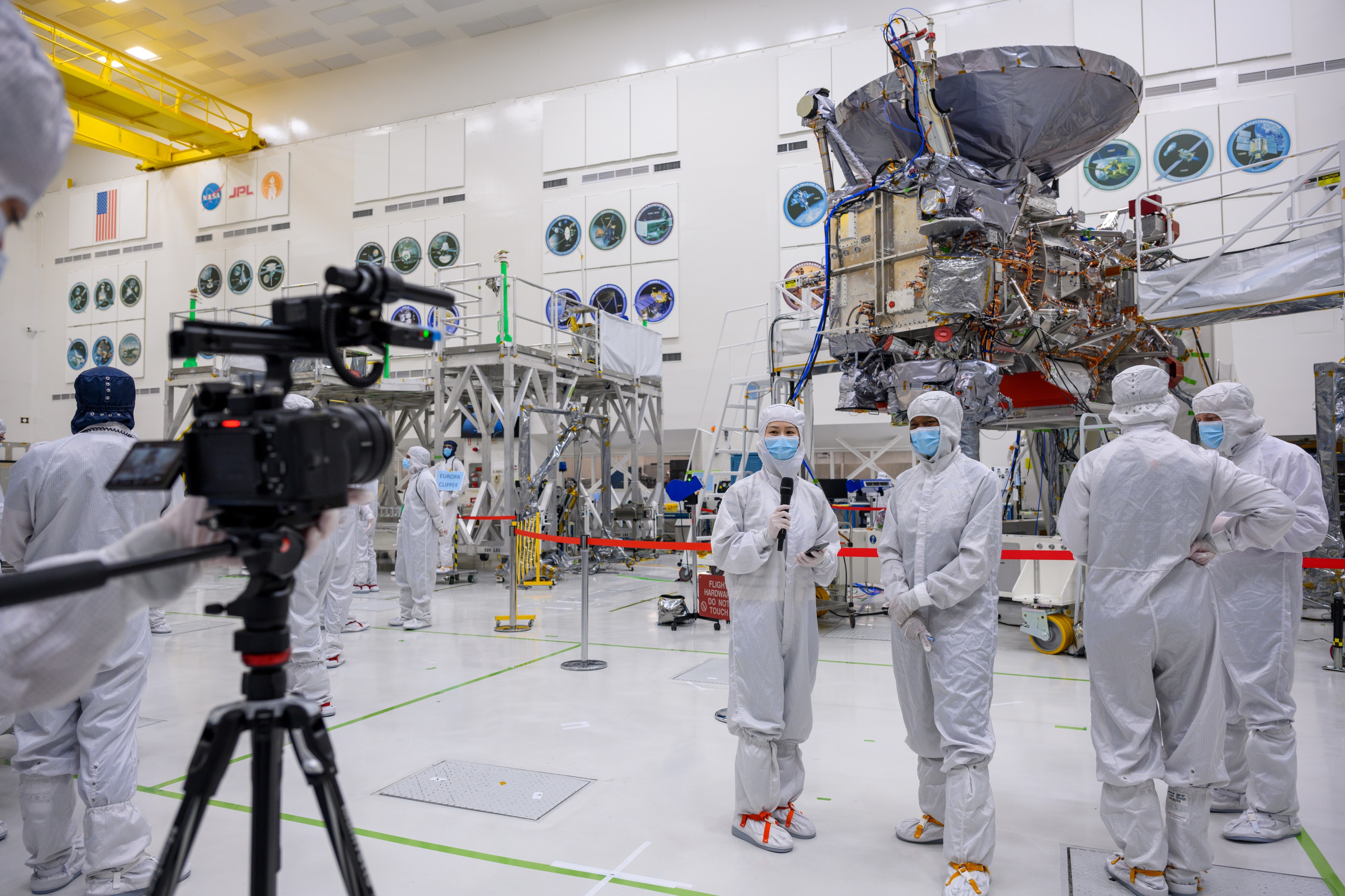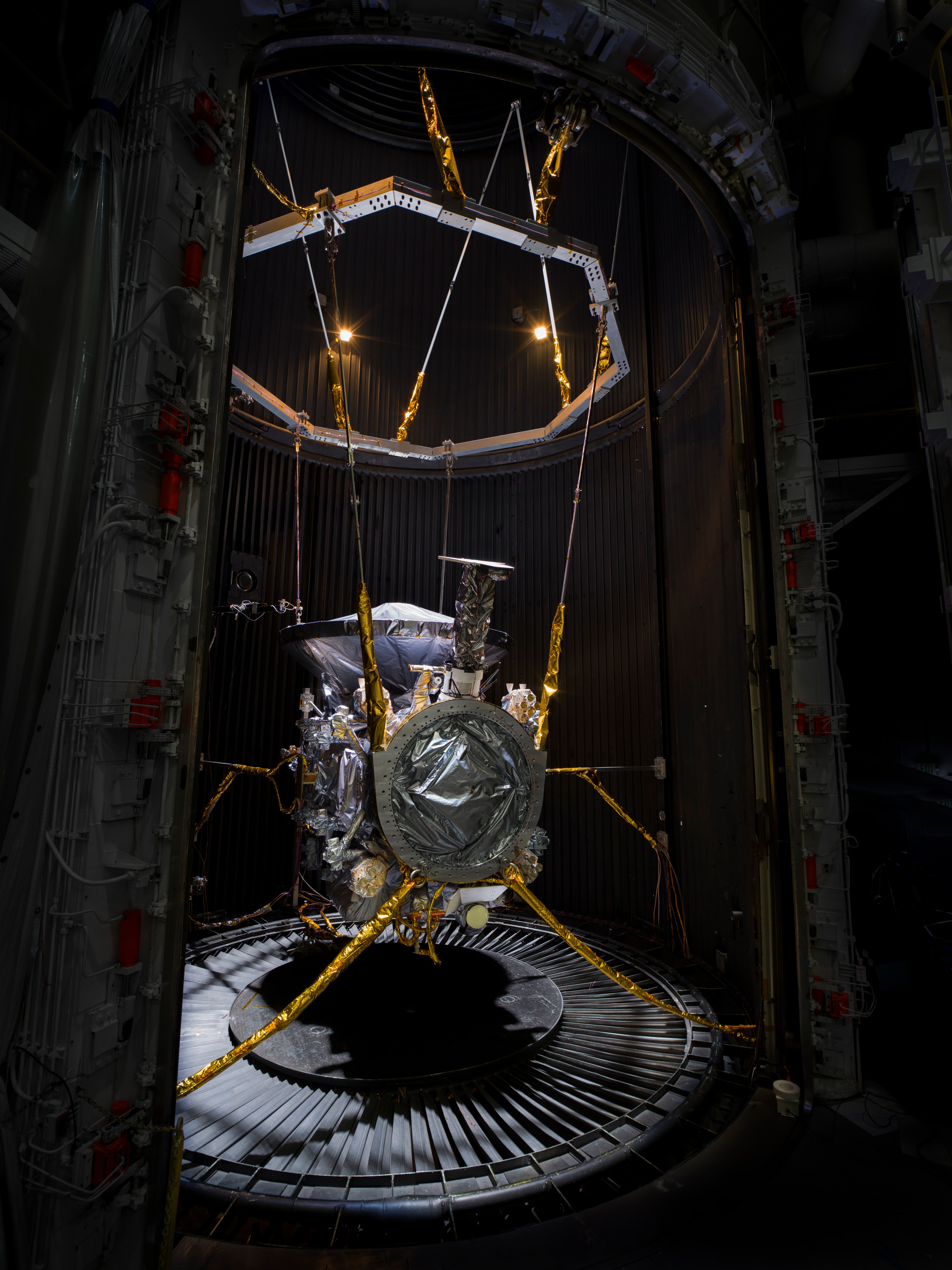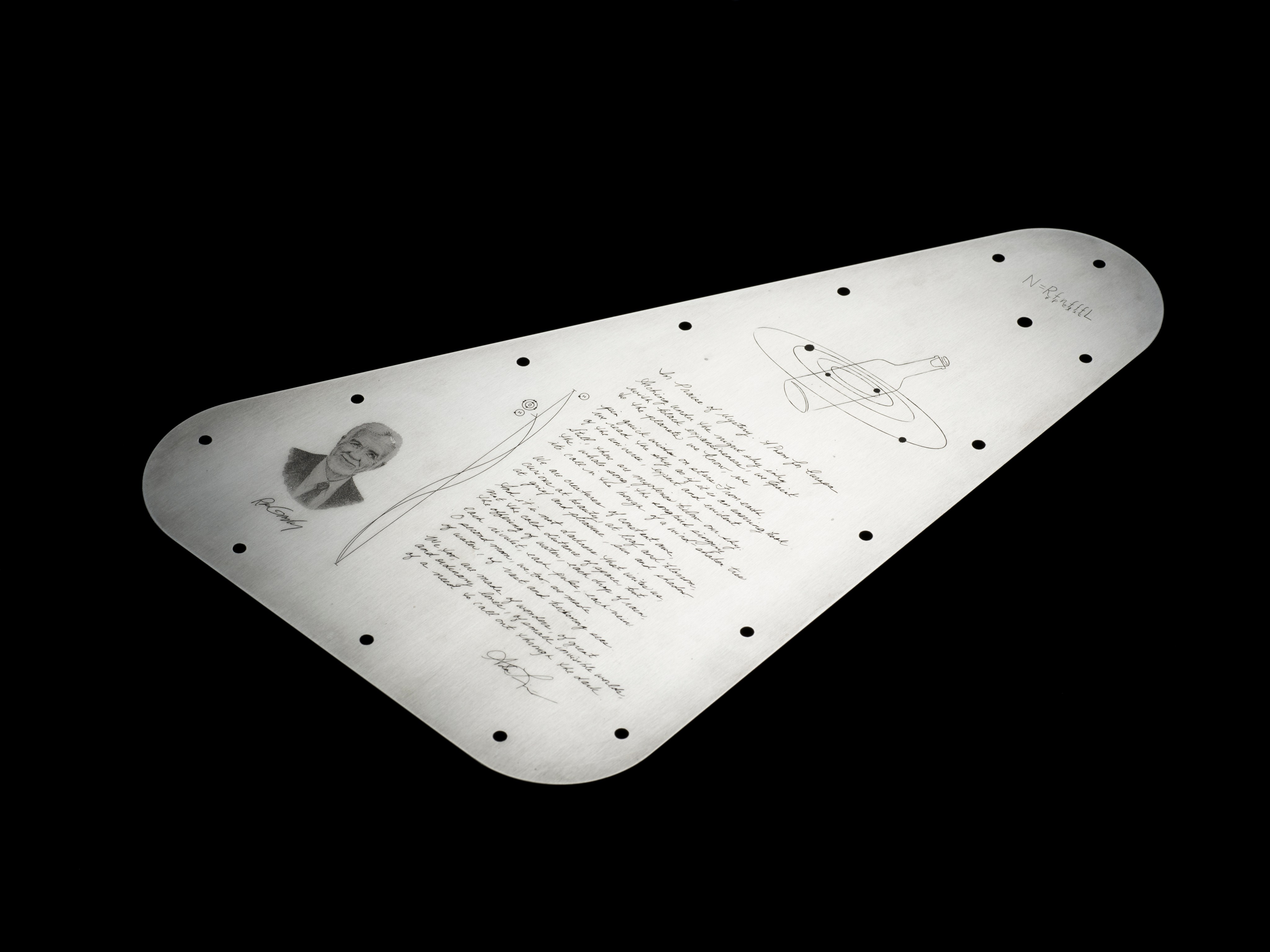3 min read
MEDIA RELATIONS OFFICE
JET PROPULSION LABORATORY
CALIFORNIA INSTITUTE OF TECHNOLOGY
NATIONAL AERONAUTICS AND SPACE ADMINISTRATION
PASADENA, CALIF. 91109. TELEPHONE (818) 354-5011
http://www.jpl.nasa.gov
Contact: Jane Platt (818) 354-0880
Hydrogen peroxide - the chemical that can turn a brunette into an instant blonde - appears on the icy surface of Jupiter's moon Europa, according to a new discovery by NASA's Galileo spacecraft reported in the March 26 edition of the journal Science.
"Hydrogen peroxide is a really weird chemical that reacts strongly with almost everything," said Dr. Robert Carlson, principal investigator for Galileo's near-infrared mapping spectrometer instrument, the device that detected the chemical on Europa. Hydrogen peroxide is formed constantly on Europa as Jupiter's energetic particles smash apart molecules on the surface to produce new chemicals, Carlson said. This process is called radiolysis.
"We expect to find more bizarre materials on Europa, because it's constantly bombarded by Jupiter's intense particle radiation environment," Carlson said.
Hydrogen peroxide does not appear naturally on Earth's surface, partly because the surface is not hit by enough radiation to initiate the process that creates the chemical. "On Earth, if we want hydrogen peroxide, we have to make it in factories," Carlson said.
"Almost as soon as hydrogen peroxide is formed, it starts breaking down," Carlson explained. "It's either destroyed by ultraviolet light or changed by contact with other chemicals, so its life span on Europa is only a few weeks to months." The hydrogen peroxide becomes another reactive chemical called hydroxyl, and can ultimately produce oxygen and hydrogen gas, said Carlson.
Because Europa's surface chemicals are constantly being made and destroyed, it's hard to study its long-term chemical history, Carlson said. "On the other hand, we are interested in watching changes in chemical composition over short periods of time. By studying chemical processes on Europa and the other moons of Jupiter, we can learn more about how those moons interact with Jupiter, and how similar processes occur elsewhere in our solar system."
Galileo's near-infrared mapping spectrometer works like a prism, breaking up infrared light that is not visible to the naked eye. Since different chemical molecules absorb infrared light differently, scientists can study the light patterns and determine what chemicals are present. In this case, the instrument was used to study infrared light from Europa's surface, and it detected dark areas of hydrogen peroxide. The human eye would not normally see the hydrogen peroxide on Europa, because it is dissolved in surface ice and has no color.
Galileo's instruments had previously detected several other chemicals on Europa's surface, including sulfur dioxide, water ice, carbon dioxide, and possibly salt molecules containing water. Carlson and other scientists will have another chance to study the chemistry of Europa's surface when the Galileo spacecraft flies by Europa on November 25.
Galileo has been studying Jupiter, its moons and its magnetic environment for more than three years. Its primary mission ended in December 1997, but the spacecraft is in the midst of a two-year extension called Galileo Europa Mission.
The Galileo mission is managed by JPL for NASA's Office of Space Science, Washington, DC. JPL is a division of the California Institute of Technology.
Additional information about the Galileo mission is available at http://www.jpl.nasa.gov/galileo.







